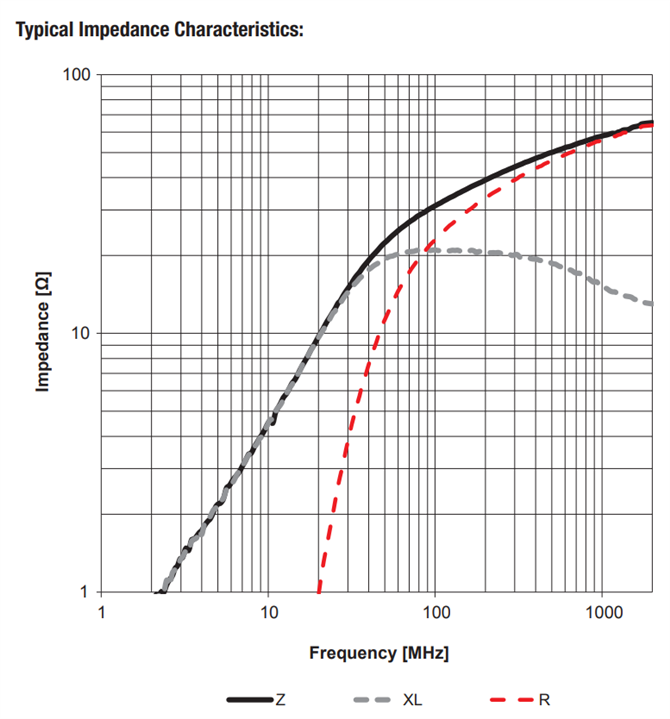Hi All.
In February, we will be publishing an Essentials of Ferrites.
We wanted to do something a little different and add in a project (or it could be an experiment) with ferrites.
The sponsor is sending element14 three ferrites kits to hand out to anyone who is interested in doing this project. You can add in anything else you might think you need.
If you have any questions, feel free to leave a comment or message me.
Cheers.
Randall
--element14 Team


